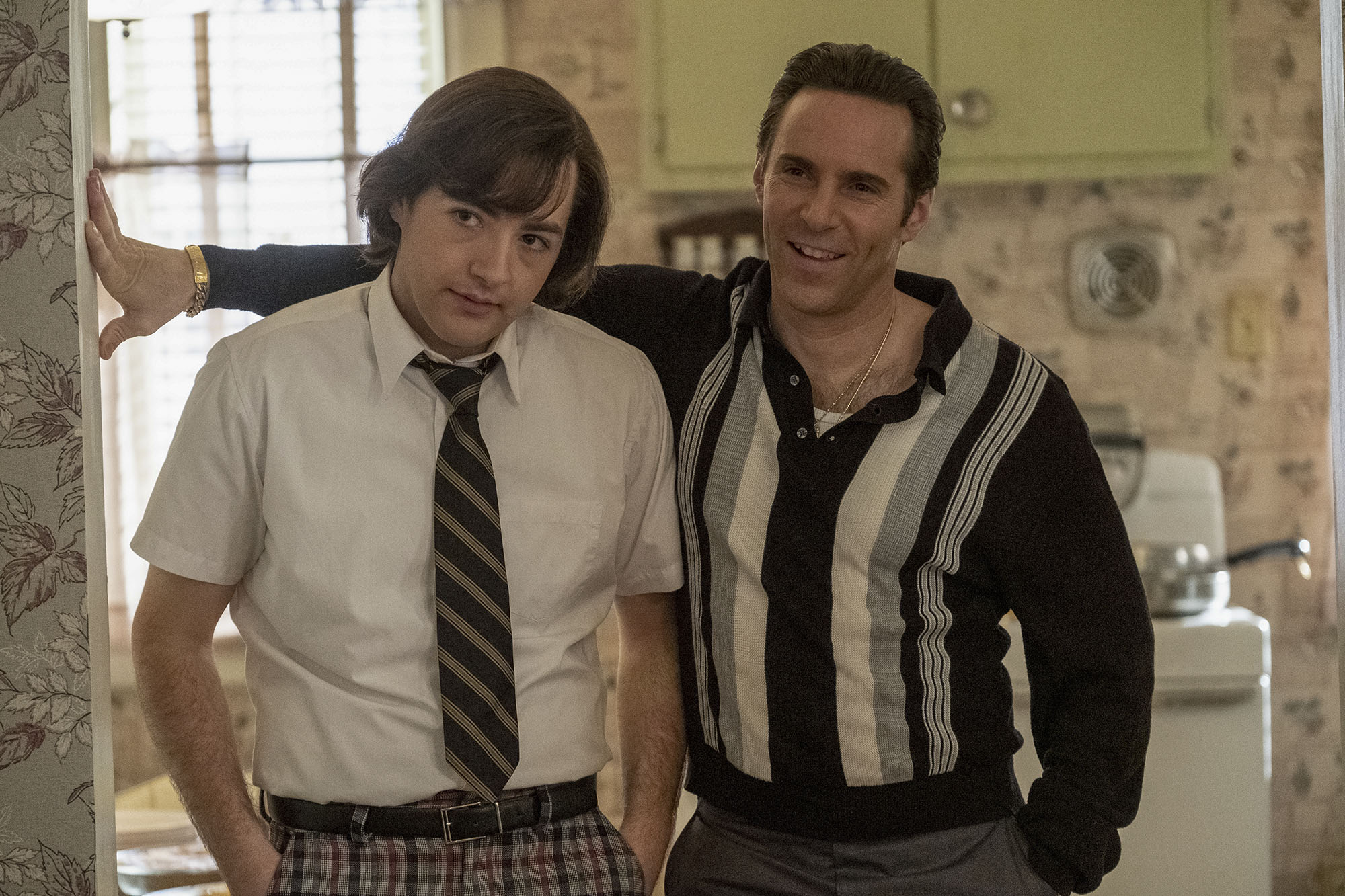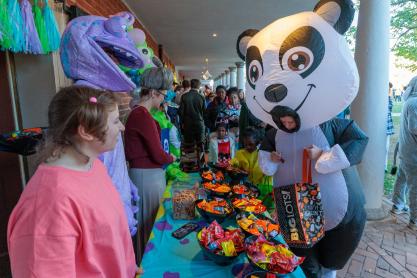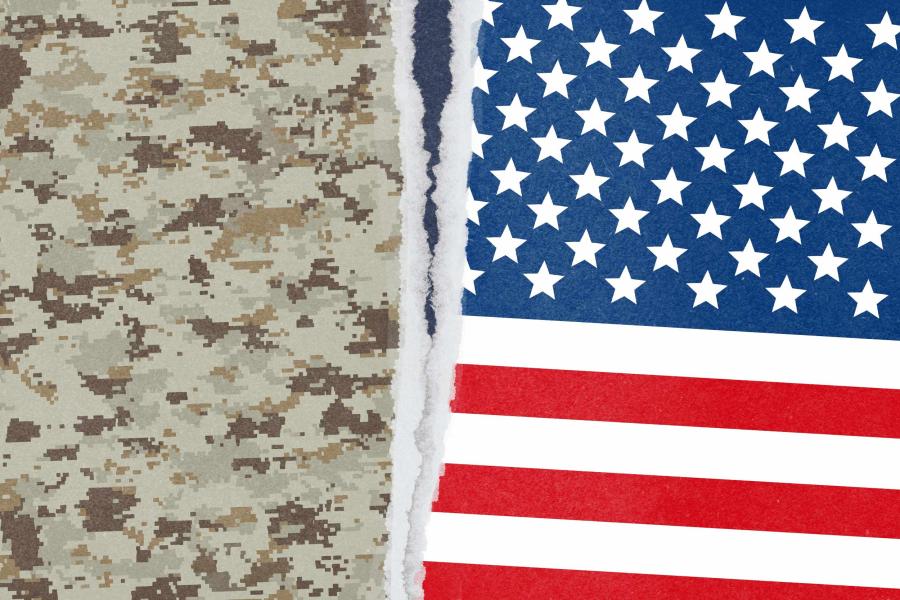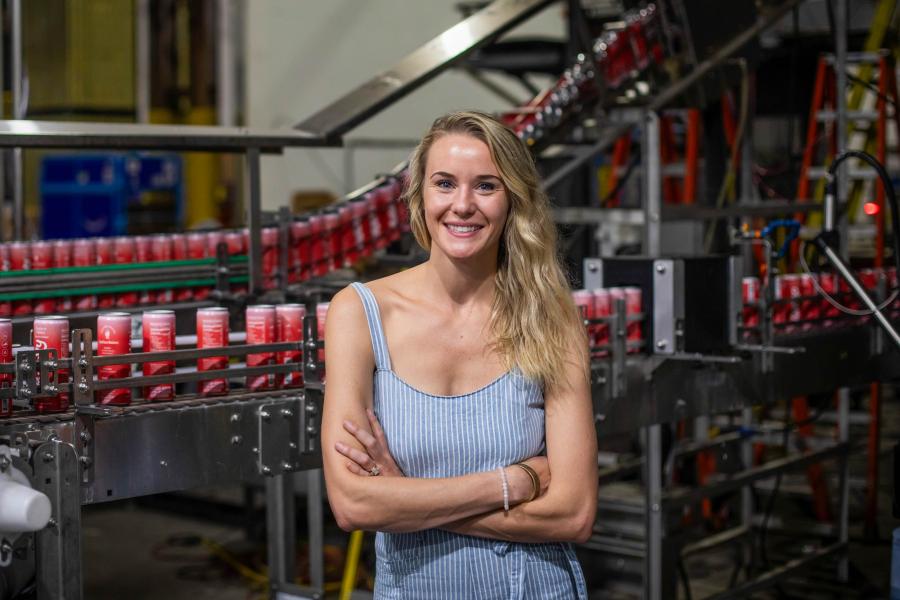The trailer for “The Many Saints of Newark” features the song “Money” by The Flying Lizards.
One lyric poignantly captures the thematic heart of the prequel to the sprawling television series about mob boss Tony Soprano: “Money don’t get everything / It’s true / What it don’t get / I can’t use.”
It also reflects the milieu of a movie industry embroiled in a battle over release dates and release formats.
“The Sopranos” creator David Chase has expressed anger over HBO’s decision to simultaneously release “The Many Saints of Newark” in movie theaters and on HBO Max. In order for the new film to shed its “television image,” Chase thought it needed to do a traditional theater run before moving over to a streaming service.
Hollywood executives see things differently. To them, lines that once separated movies, TV movies and TV series are starting to fade – to the point where you have to squint to see them. They’ve embraced analytics and are increasingly interested in measuring movies using data that only streaming services can offer – numbers that can help them learn more about viewers, cut waste and boost profits.
The Old Model Falls Apart
As recently as a decade ago, the dominant movie distribution strategy involved what was called “exclusive window distribution.”
A big-budget movie usually debuted in theaters, which was often the first exclusive window. Then, between three and six months after its theatrical debut, the film became exclusively available as a DVD or home video. This was followed by pay-per-view distribution or cable TV distribution.
The rise of streaming services caused this model to crack.
Netflix could instantly disseminate movies and series to consumers online, removing the need to create physical DVDs and sell them at a steep discount to retailers like Best Buy.
Furthermore, what were once important distinctions between television shows and movies started to blur. On streaming services, you could easily watch movies and TV shows without periodic interruptions from ads. Television cinematography started to imitate movie cinematography. You could even argue that bingeing a series with connected episodes was no different from watching a long movie.
Then the COVID-19 pandemic hit. With theaters closed, studios started experimenting with digital movie distribution in new ways.










